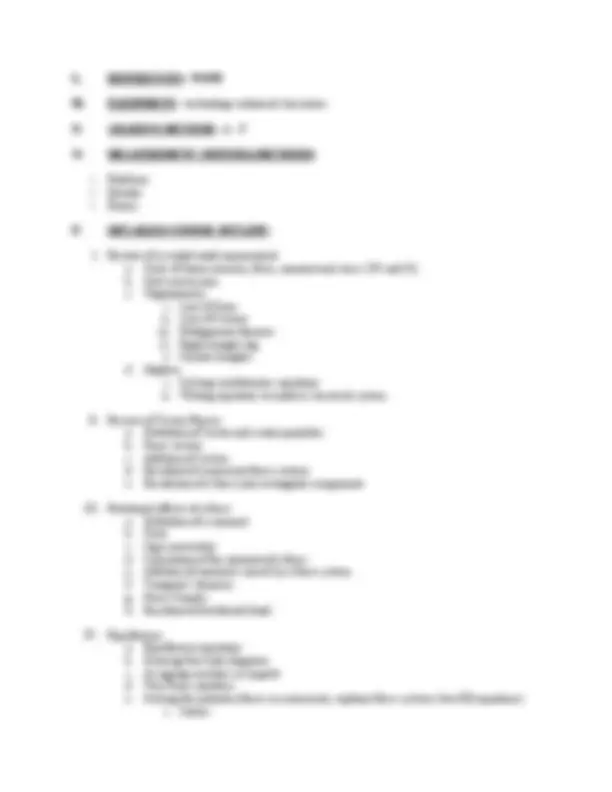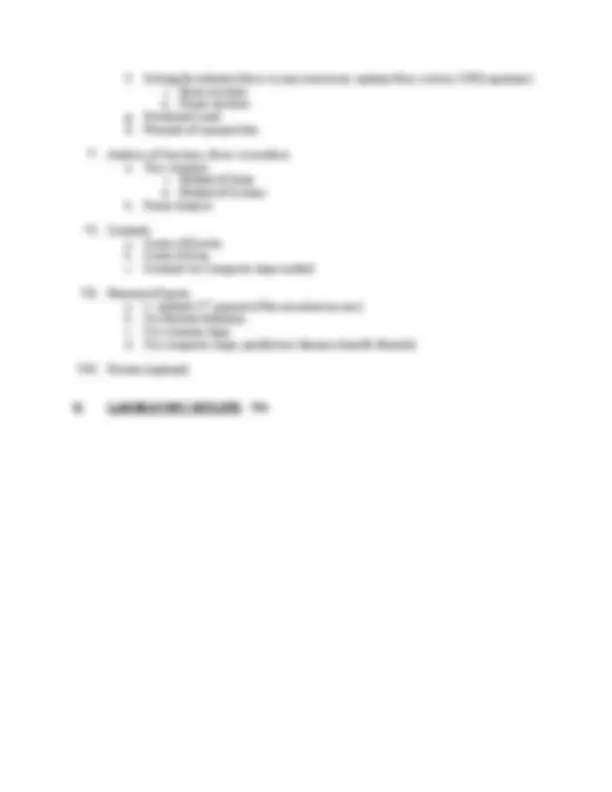




Study with the several resources on Docsity

Earn points by helping other students or get them with a premium plan


Prepare for your exams
Study with the several resources on Docsity

Earn points to download
Earn points by helping other students or get them with a premium plan
Community
Ask the community for help and clear up your study doubts
Discover the best universities in your country according to Docsity users
Free resources
Download our free guides on studying techniques, anxiety management strategies, and thesis advice from Docsity tutors
Material Type: Lab; Class: COLLEGE ALGEBRA; Subject: Mathematics; University: SUNY College of Technology at Canton; Term: Spring 2009;
Typology: Lab Reports
1 / 4

This page cannot be seen from the preview
Don't miss anything!



Prepared By: Joseph Reilly CANINO SCHOOL OF ENGINEERING TECHNOLOGY DEPARTMENT OF ENGINEERING SCIENCE AND TECHNOLOGY MARCH 2009
F. SEMESTER(S) OFFERED: Spring G. HOURS OF LECTURE, LABORATORY, RECITATION, TUTORIAL, ACTIVITY: 2 – one hour lectures and 1 – 2 hour recitation per week H. CATALOG DESCRIPTION: This course provides application of Newton’s First and Third Laws of motion in the force analysis of statically determinate structures such as pinned connections, trusses, beams, frames, and cables. The determination of centroids and moment of inertia is also covered. The course requires extensive application of geometry, trigonometry, algebra, and fundamentals that are used in structural mechanics/strength of materials. I. PRE-REQUISITES: MATH 121 (College Algebra), PHYS 121 (College Physics I) J. GOALS (STUDENT LEARNING OUTCOMES): By the end of this course, the student will be able to:
f. Solving for unknown forces in non-concurrent, coplanar force systems (3 EQ equations) i. Beam reactions ii. Frame reactions g. Distributed Loads h. Principle of superposition V. Analysis of structures, forces in members a. Truss Analysis i. Method of Joints ii. Method of Sections b. Frame Analysis VI. Centroids a. Center of Gravity b. Center of Area c. Centroids by Composite shape method VII. Moment of Inertia a. I – defined (2nd^ moment of the area about an axis) b. I by formula definition c. I by common shape d. I by composite shape, parallel axis theorem (transfer formula) VIII. Friction (optional) Q. LABORATORY OUTLINE: NA